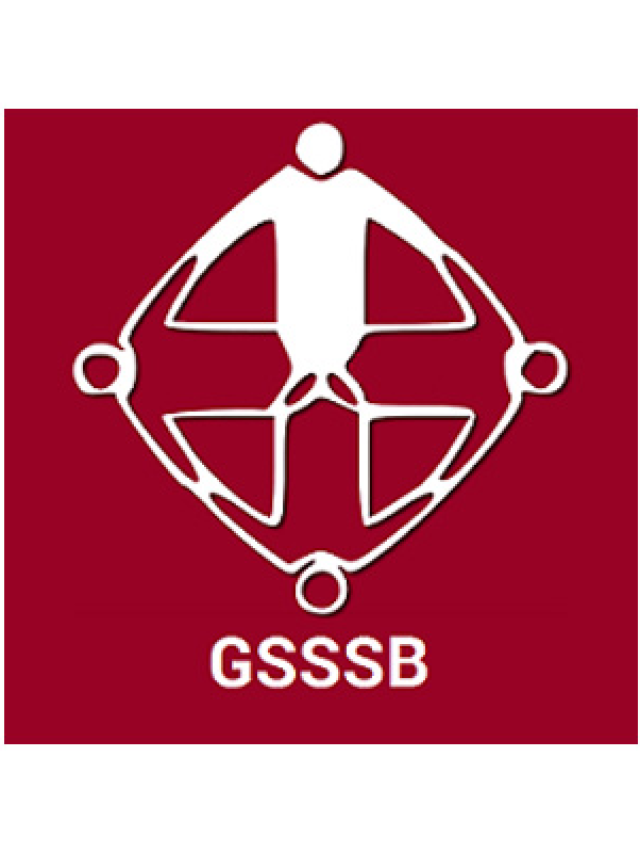A New Space Race between India and Russia: India and Russia have embarked on a new race, competing to be the first to reach specific lunar milestones. While India launched its mission before Russia, there is speculation that Russia’s Luna 25 might arrive on the Moon first. This race holds significance as the first country to reach the Moon’s southern pole could become a pioneer in lunar exploration.

Table of Contents
Russia’s Moon Landing and Its Implications:
With Russia’s lunar lander mission expected to touch down near the Moon’s southern pole, the nation could become the world’s first to achieve a soft landing in this region. However, if Russia’s mission fails, India might seize the opportunity to achieve the same feat, becoming the first nation to land at the Moon’s southern pole.
Russia’s Lunar Mission Timeline:
Russia’s Luna 25 mission was launched using a Soyuz rocket earlier this week, shortly after India’s Chandrayaan-3 launch. Luna 25 is set to travel a distance of 384,000 kilometers in just a few days. The payload of the Russian mission is lighter than India’s, and the capabilities of the Russian rocket exceed those of its Indian counterpart.
- HNGU Result 2023 Declared: Direct Link to Download UG and PG Result PDF

- Indian Army Ordnance Corps (AOC) Salary, Allowances, and Job Profile 2024: Complete Details

- RMLAU Result 2024 Declared: Check UG and PG Odd Semester Results at rmlau.ac.in

- Rupal Rana: The Inspiring Journey to UPSC AIR 26 with Family Support

- UPSC Calendar 2025 Released at upsc.gov.in

Reasons Behind the Timing:
The lightweight nature of Luna 25 allows it to reach the Moon’s surface before India’s Chandrayaan-3. Additionally, due to the 14-day-long lunar day, launching at the beginning of a lunar day ensures maximum operational time for the rover.
Differences Between Luna 25 and Chandrayaan-3 Missions:
Unlike Chandrayaan-3, Luna 25 does not carry a rover. Chandrayaan-3, on the other hand, features a rover capable of exploring up to 500 meters. The Russian lander carries payloads focused on studying the Moon’s composition, dust particles in the lunar exosphere, and lunar water.
Southern Pole Focus of India’s Mission:
India’s lunar mission aims to study not only the Moon’s soil but also water-ice deposits in the lunar south pole region. The presence of permanently shadowed craters in this area enhances the likelihood of discovering water-ice, making it an ideal site for research.
Collaboration Between India and Russia in Space Exploration:
India and Russia have established fruitful collaborations in various space domains. Speculation suggests that Russia’s launch might be influenced by India’s lunar missions. Both nations have a history of space cooperation, especially in the field of space activities.
Conclusion: The competition between India and Russia to achieve milestones in lunar exploration highlights the global interest in understanding the Moon better. Regardless of the outcomes of these missions, their success will contribute valuable insights to humanity’s knowledge of the Moon’s composition and potential resources.









